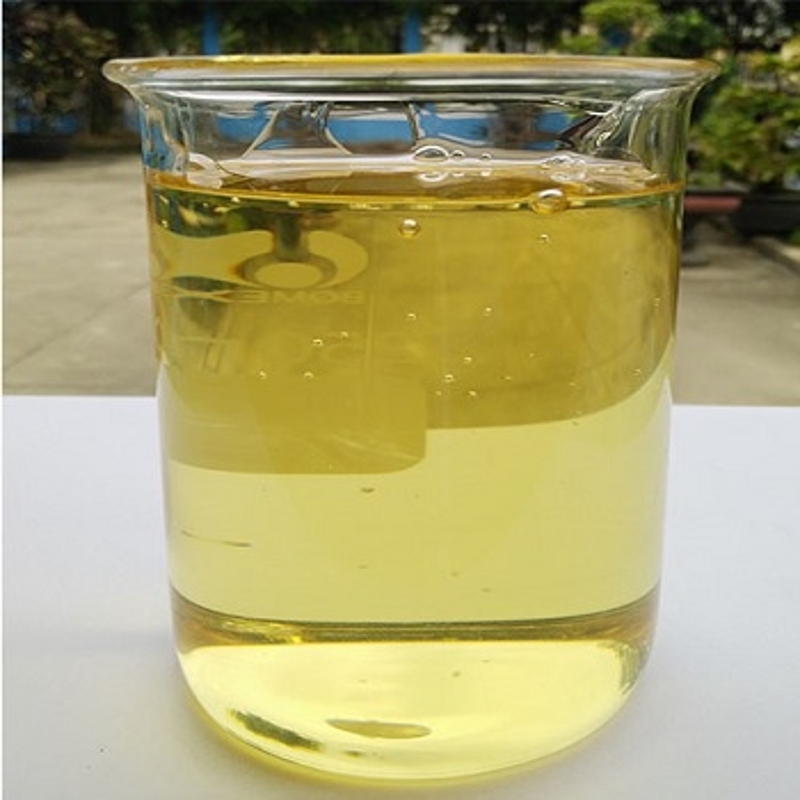-
Categories
-
Pharmaceutical Intermediates
-
Active Pharmaceutical Ingredients
-
Food Additives
- Industrial Coatings
- Agrochemicals
- Dyes and Pigments
- Surfactant
- Flavors and Fragrances
- Chemical Reagents
- Catalyst and Auxiliary
- Natural Products
- Inorganic Chemistry
-
Organic Chemistry
-
Biochemical Engineering
- Analytical Chemistry
- Cosmetic Ingredient
-
Pharmaceutical Intermediates
Promotion
ECHEMI Mall
Wholesale
Weekly Price
Exhibition
News
-
Trade Service
The oceans are the largest active carbon reservoir
on Earth.
Marine microorganisms play an important role in the global carbon cycle, and due to technical bottlenecks such as the difficulty of cultivating most marine microorganisms and the difficulty of measuring in situ metabolic function, there are controversies
about the in situ functional mechanism of photosynthetic carbon sequestration of marine microorganisms.
Qingdao Institute of Bioenergy and Bioprocess, Chinese Academy of Sciences, in cooperation with the University of Oxford, the University of Sheffield, and the Shandong Academy of Marine Sciences, revealed the SAR11 group of in situ photosynthetic carbon fixation in seawater based on instruments and means such as Raman sorting coupled single-cell genome (scRACS-Seq) with CO2 fixed activity targeting, and found that they used rhodopsin as a light-harvesting system to drive the fixation ofCO2 in seawater
。 Recently, the relevant research results were published in
BioDesign Research.
In order to identify which cells in the marine microbiome are fixing CO2 in situ, the research team led by Jing Xiaoyan, senior engineer of the single-cell research center of Qingdao Institute of Energy, Gong Yanhai, assistant researcher and Dr.
Xu Teng, used the inorganic carbon substrate labeled with stable isotope 13C to feed fresh seawater samples, and established in situ fixation ofCO2 under the premise of culture-free premise through the "redshift" phenomenon of pigment characteristic peaks such as carotenoids in single-cell Ramanspectroscopy Single cell identification and measurement process
.
Based on the scRACS-Seq system developed by the single-cell center, researchers have established a functionally targeted single-cell Raman sorting and sequencing method
for metabolic phenotypes such asCO2 fixed activity.
Using the scRACS-Seq system, a series of Pelagibacter single cells (Pelagibacter single cells from SAR11 and other groups)
were identified and sorted in the euphotosphere seawater of Laoshan Bay, Qingdao, Shandong Province, China.
Based on the evolutionary analysis, gene function prediction and metabolic pathway reconstruction of SAR11 single-cell whole genome sequences (coverage up to 100%), the results show that they have a complete carotenoid synthesis pathway, which confirms the principle of single-cell Raman spectroscopy to identify and characterizeCO2 immobilization activity based on pigment peak redshift.
A photoactivated proton pump system based on rhodopsin was discovered, including key proteins such as dioxygenase enzyme, Proteorhodopsin, and F-type ATPase.
They possess most of the genes
that carry out the Calvin-Benson cycle pathway forCO2 fixation.
Studies suggest that these SAR11 cells may drive in situ carbon
sequestration of seawater based on the Calvin-Benson cycle through rhodopsin-based light-activated proton pump systems.
To test this hypothesis, four genes predicted to be rhodopsin photosensitive proteins in these SAR11 single-cell genomes were heterologous expressed
in E.
coli.
The results confirmed that they can synthesize rhodopsin and two of the genes have no significant homology to the genes in GenBank, belonging to a new class of rhodopsin light-sensitive proteins
.
Therefore, these rhodopsin-mediated light-activated proton pump systems or SAR11 are energy engines
for photosynthetic carbon fixation in situ in seawater.
SAR11 is difficult to cultivate and research tools are scarce, but this study revealed the metabolic phenome and complete genome of SAR11 with single-cell precision, thereby establishing a functional association
between rhodopsin photosensitive protein and seawater in situCO2 fixation 。 This original Raman mediated targeting single-cell genome (scRACS-Seq) instrument system overcomes the bottleneck that the current "Raman-mediated targeting metagenome" methods are usually difficult to obtain high-coverage genomes in a single bacterial cell, so it has common methodological significance
for the functional exploration and mechanism analysis of life dark matter in the environment.
The research work is supported
by the national major scientific research instrument development project.
Single-cell precision marine microbiome functionally targeted Raman sorting and sequencing (scRACS-Seq)







